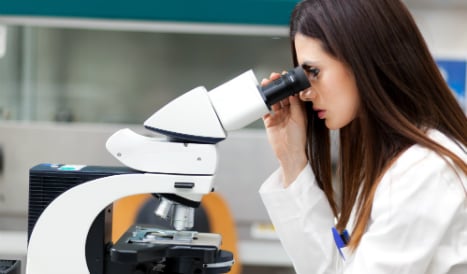A new initiative launched on Thursday by the British Embassy in Madrid aims to capitalize on the so-called "brain drain" by linking up scientists that have moved abroad.
The new British Scientists in Spain (BSS) Network establishes a communications platform between the British and Spanish scientific communities.
"There are a huge number of Spanish scientists that have gone to Britain to follow research opportunities but there are also some British scientists who have moved the other way," Sara Cebrián, the science and innovation attaché at the British Embassy in Madrid told The Local.
"This project aims to strengthen collaboration between them all, for the benefit of both countries and the scientific world as a whole." she said.
Spain has experienced a brain drain during the economic crisis, losing many of its researchers to institutions and companies abroad as austerity policies saw drastic cuts in public funding.

But, according to Cebrián, Spain still retains many areas of expertise that are ripe for collaboration.
"Spain has made huge leaps in areas such as renewable energy, agri-technology and in the 'new materials' sector so we are working to boost partnership in those areas."
The field of biomedical research is also an area where bridges can be made.
"Our job is to promote scientific innovation and there are certain areas where there can be an obvious link up between the UK and Spain. The field of dementia research for example is a pet project of Prime Minister David Cameron, and one that is seen as a global problem that we can unite efforts to tackle,” explained Cebrián.
The project, which has the support of the Spanish Foundation for Science and Technology, (FECYT) will see the creation of a dedicated LinkedIn group that will be used as a tool to spot bilateral co-operations opportunities.
Simon Manley, the British ambassador to Madrid, emphasized the importance of collaborative endeavour.
"Successful collaboration lies at the heart of successful science," the ambassador said as launched the initiative on Thursday with a reception at his residence.
"And investing in science is absolutely essential in building a stronger economy," he said.



 Please whitelist us to continue reading.
Please whitelist us to continue reading.
Member comments